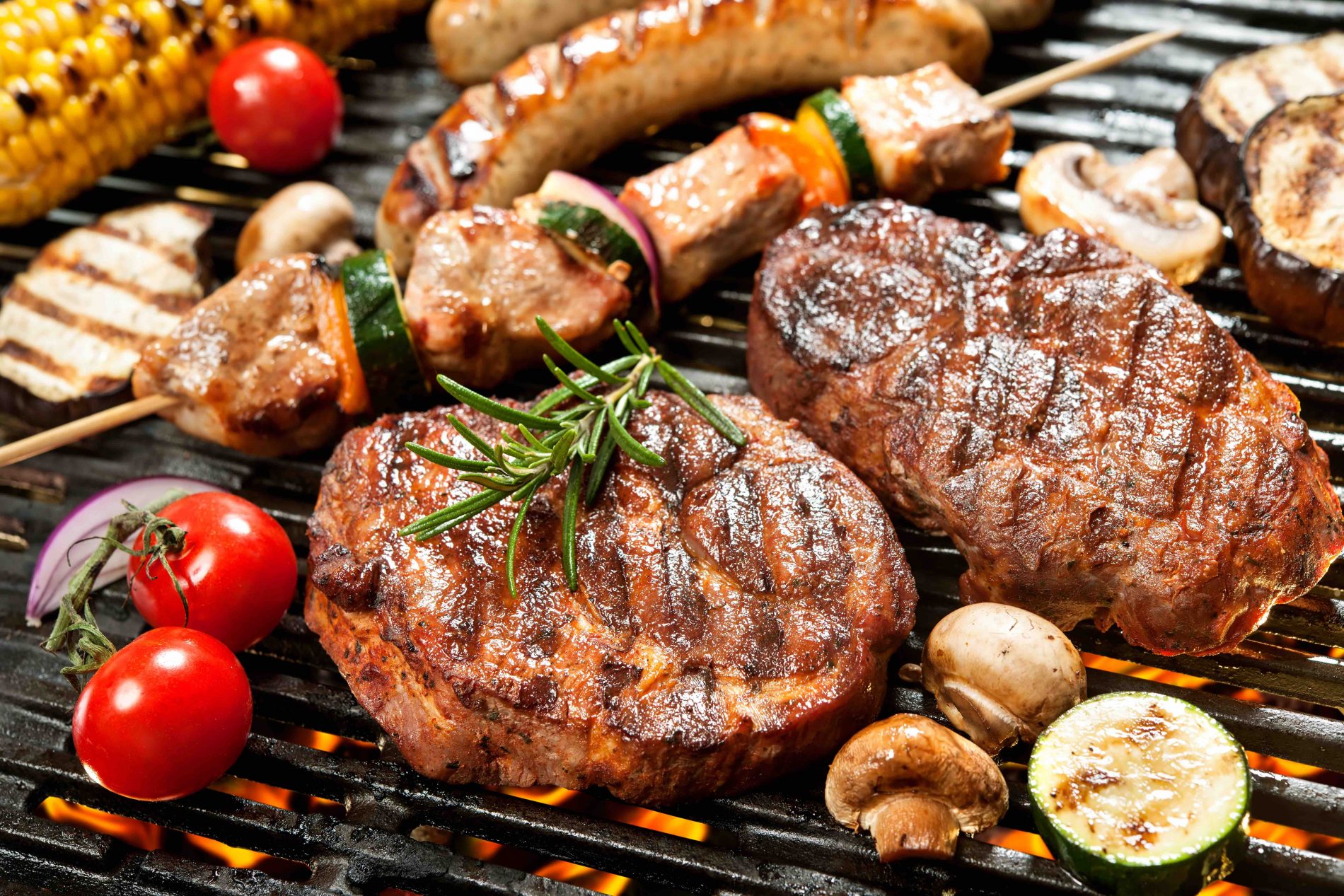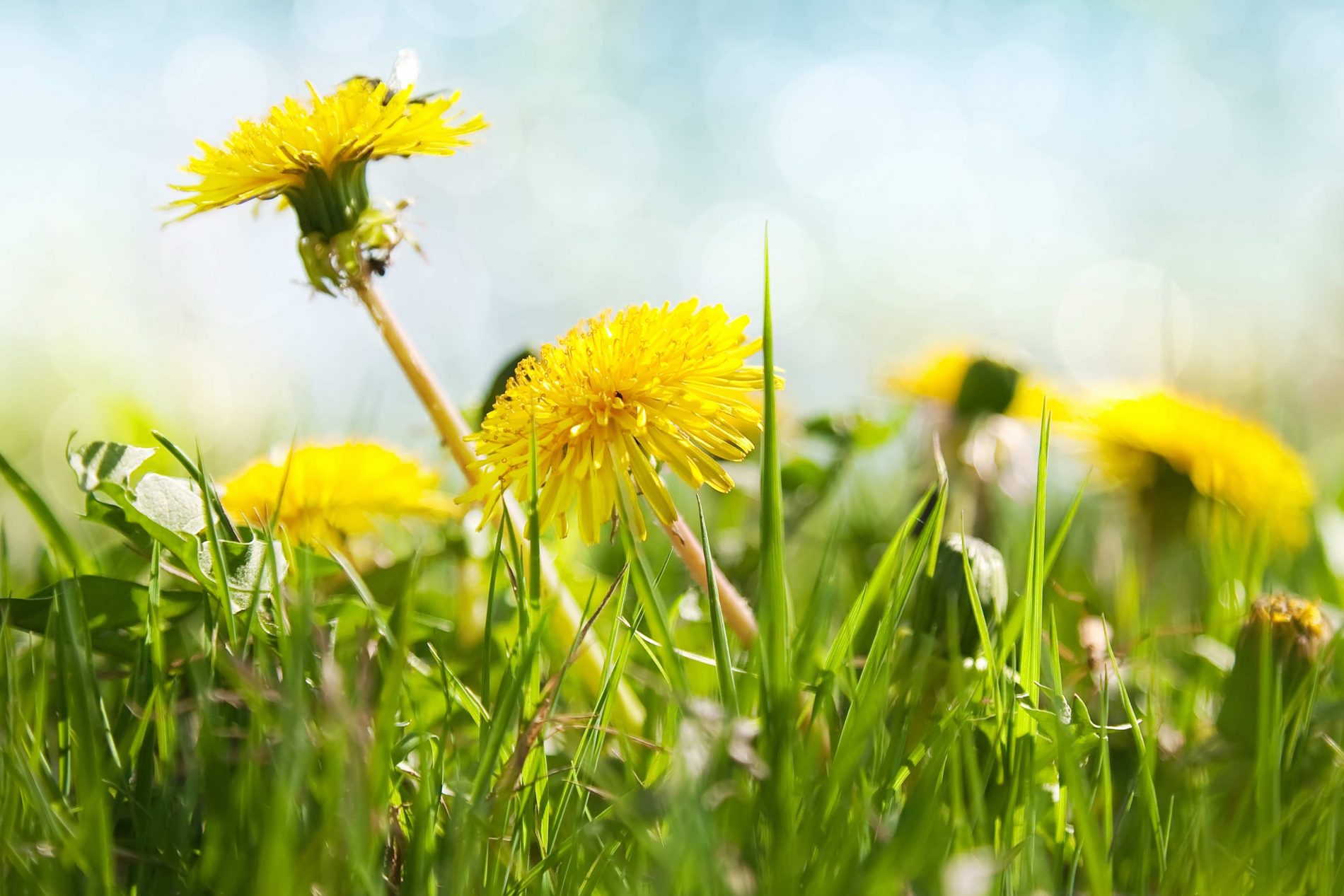I was asked an excellent question by a member of a private facebook community I started for people dealing with chronic pain and fibromyalgia. She was working through an online course that I put together for our members so that they could take the proper action steps and move towards better health. She had completed the unit on sugar which raised the following question; could she consume ANY sugar at all, which included fruit!
This was important for her to know as she has been dealing with chronic pain for years and was now in the midst of a major flare up of symptoms. She starts her day each morning with a smoothie containing lots of fruit. As many others in our facebook community are experiencing similar symptoms, this was important to address with our followers.
Important Points About Sugar
Firstly, we aren’t just talking about white table sugar or high fructose corn syrup. There are many additional hidden sources of sugar (breads, crackers, pasta, rice and other grains that are all converted to sugar) contributing to this over-consumption problem. It’s just plain bad for our bodies and creates an even bigger problem for those suffering in chronic pain or have conditions like fibromyalgia or chronic fatigue syndrome. For this reason, it would be wise to eliminate sugar as much as possible from her daily diet or cut it out altogether!
How Sugar Impacts Our Health
Thankfully the sugar industry has finally started to come under fire. The research demonstrating the numerous negative impacts sugar has on overall health is mounting. It’s not just diabetes. It’s a major factor in developing conditions like chronic fatigue, obesity, cancer, heart disease, alzheimer’s disease, immune system deficiency, metabolic syndrome, and all sorts of inflammatory conditions.
Sugar’s direct relationship to inflammation is of huge significance. Inflammation is the underlying process of most diseases in North America.
The Hidden Truth
Some of you reading this may be thinking “well I can eat sugar because I’m not dealing with a disease process”. But these disease processes sit quietly beneath the surface without you knowing. This process can go on for many months or even years.
That is until your body can’t take it anymore and starts to manifest symptoms. Don’t wait for this to happen. Make changes now!
If you find yourself in a disease state, make the decision to heal your body! When going through the healing process, the first thing to go away will be the symptoms. But the underlying problem is still there. So, if you are reducing or eliminating sugar from your life, and you’re feeling better and experiencing more energy, you may think it’s ok to slide back to your old food habits. Don’t! The underlying disease process is likely still there. Keep pushing your health needle in the right direction!
Sugar Crisis
The reality is that the average North American is consuming the equivalent of 22 teaspoons of sugar every single day. This is astounding! It’s no wonder we are amidst a healthcare crisis! The American Heart Association suggests restricting your sugar consumption to 6-9 teaspoons per day. Family Health Advocacy suggests eliminating it altogether.
Start by getting rid your table sugar. Avoid high fructose corn syrup like the plague! Read the ingredients list on products while in the grocery store before even bringing them into your home. This way these products won’t even be an option for you should you get cravings. Continuing to consume sugar in excess through its various forms leads to insulin resistance. The cells in your body actually start to ignore your body’s insulin! Like that annoying neighbor that keeps coming over to your house, insulin keeps knocking at the doors (receptors) of your cells but the cells won’t answer. This creates inflammation and oxidative stress in your body. Two processes that are big contributors to the development of disease, not to mention worsens the symptoms of chronic pain and fibromyalgia.
Sugar can also sabotage your healthy nutritional decisions as well. Sugar affects the absorption of the nutrients of other foods. It can also have a damaging effect on your liver, not allowing your body to properly break down and process fat. This creates the inability to lose weight. Hello obesity epidemic!
So What About Fruit?
So, back to the original question. What about fruit? Well in this particular case, where a person is dealing with a condition like chronic fatigue, fibromyalgia or chronic pain, and you’re having a really bad flare up, it may be time to even cut out fruit.
It’s time to consider a sugar fast. And not just the table sugar or high fructose corn syrup, but all grains and yes fruit. Fruit is great for all of its nutrients and vitamins and should be a portion of everyone’s healthy diet.
But when eating that typical North American diet with all those grains and sugars it all adds up and it’s time to allow your body to heal. Can you really keep sugar cravings at bay? Click here to find out!
And when your body does heal, you can start to slowly re-introduce fruit. Start with organic blueberries, strawberries, rasberries, and blackberries. These berries are high in anti-inflammatory, anti-oxidant, anti-aging phytonutrients. They are low in sugar content, best to be taken in the morning and taste great in a smoothie. Click here for a great smoothie recipe. The best part is that the sugar is in its natural form. This means there is a higher fiber content and lower glycemic index. This allows your body the opportunity to better process the natural sugars.
If you are someone who is dealing with chronic pain issues or fibromyalgia, I encourage you to join my private facebook community by clicking here. Once in the group, complete the course unit on sugar to learn more about how it can affect your chronic condition and overall health.
You’re one step closer!
Dr. Casey Sinclair, D.C. is a leading holistic healthcare doctor trained in functional medicine. He has extended his reach around the world by co-founding Family Health Advocacy, a health advocacy group lead by doctors and health professionals providing resources and education on global health matters. He has been fortunate to act as health a consultant to some of the largest companies in North America and as a professional speaker he’s had the privilege of speaking to thousands of people. Dr. Casey is an advocate for people suffering with chronic pain and fibromyalgia and has authored a book on the subject.

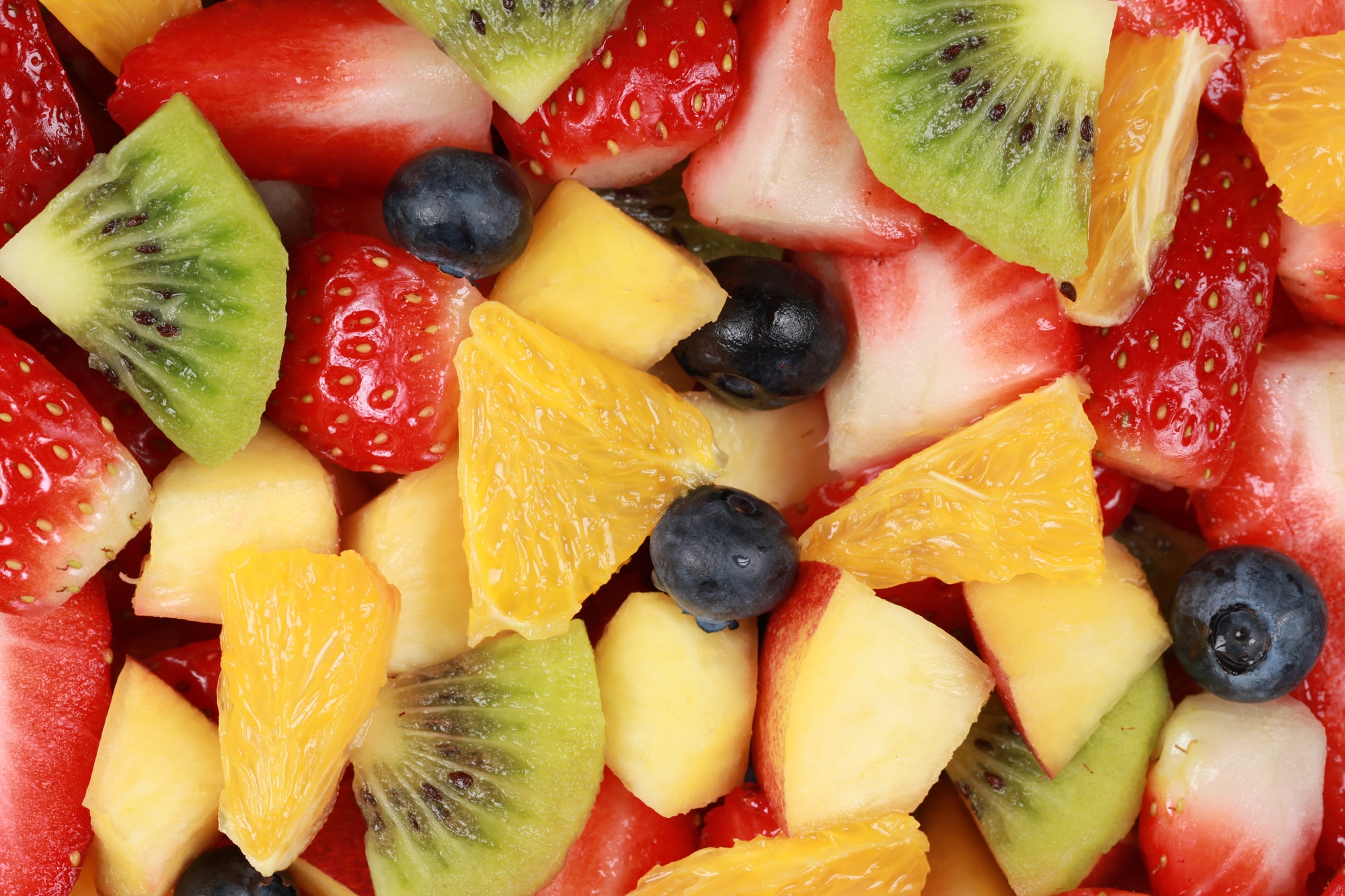
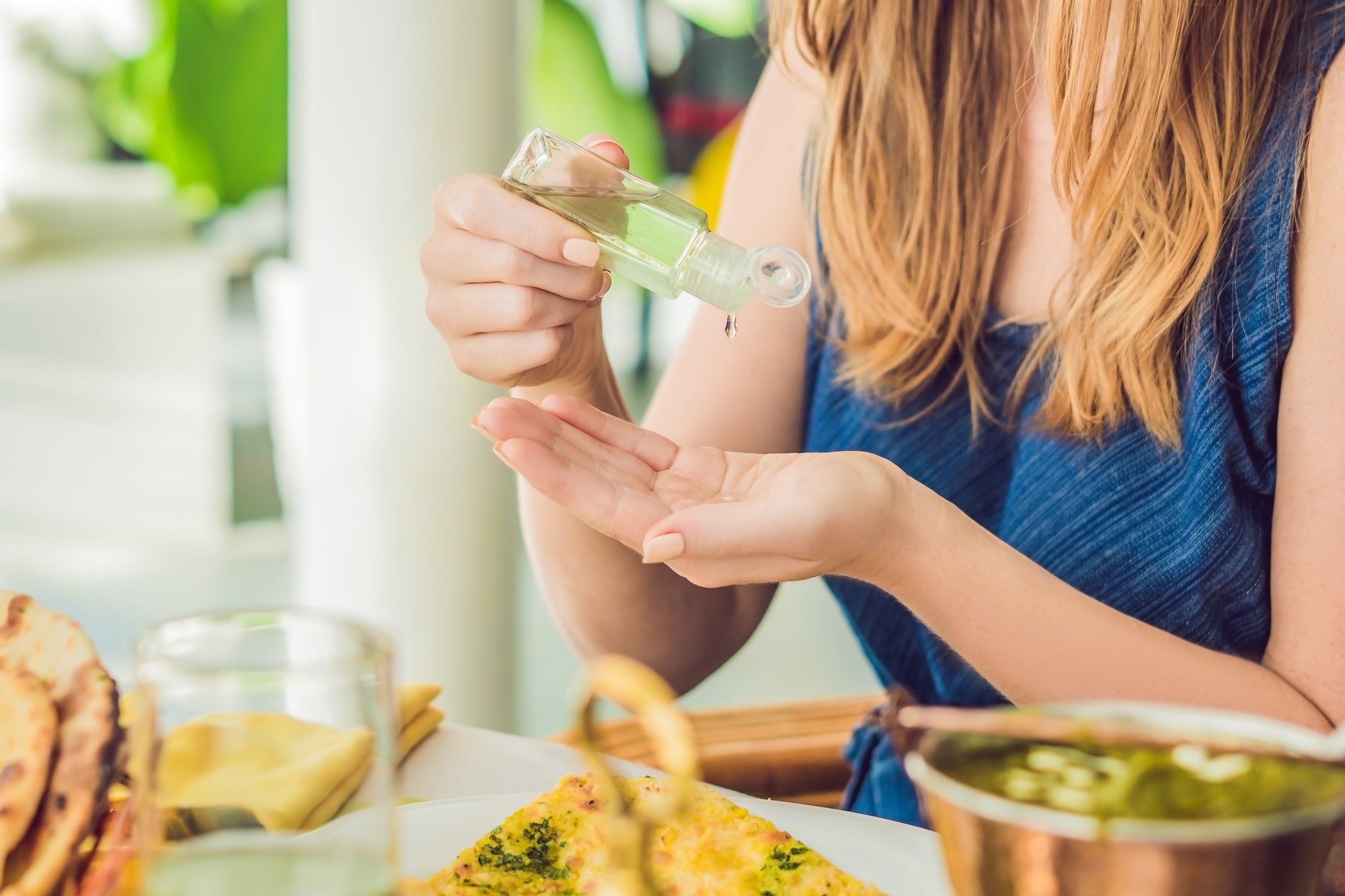
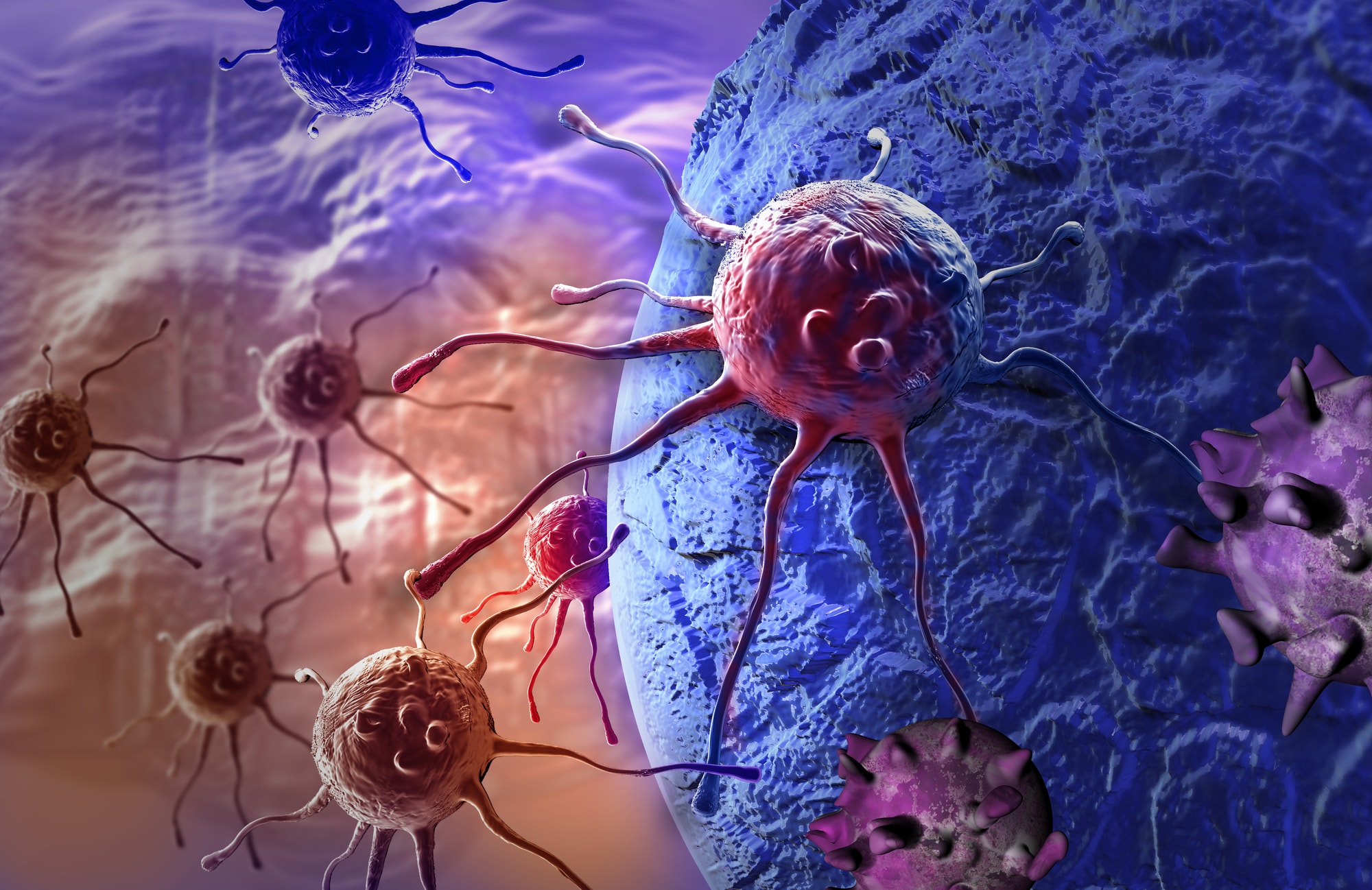
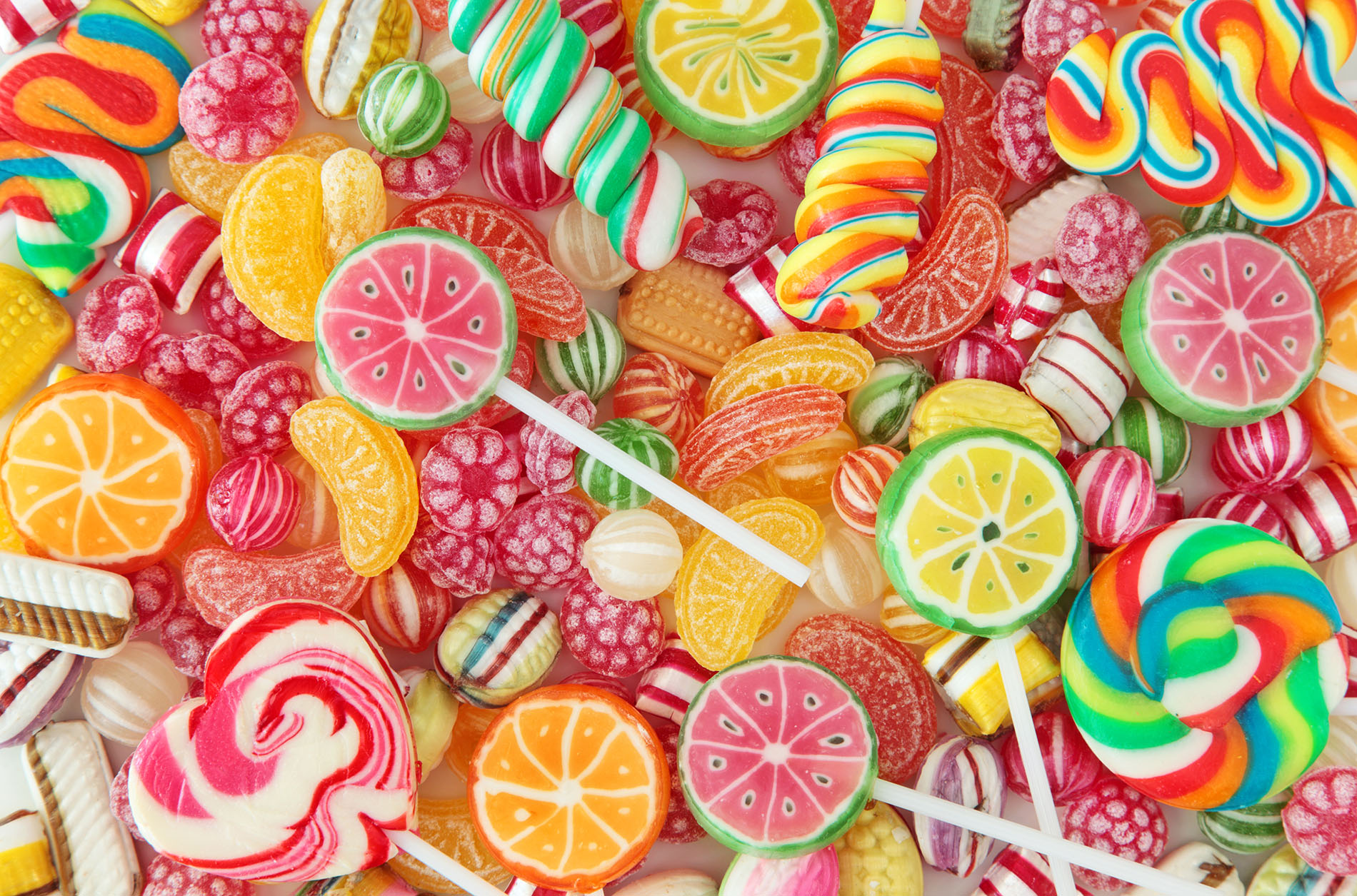

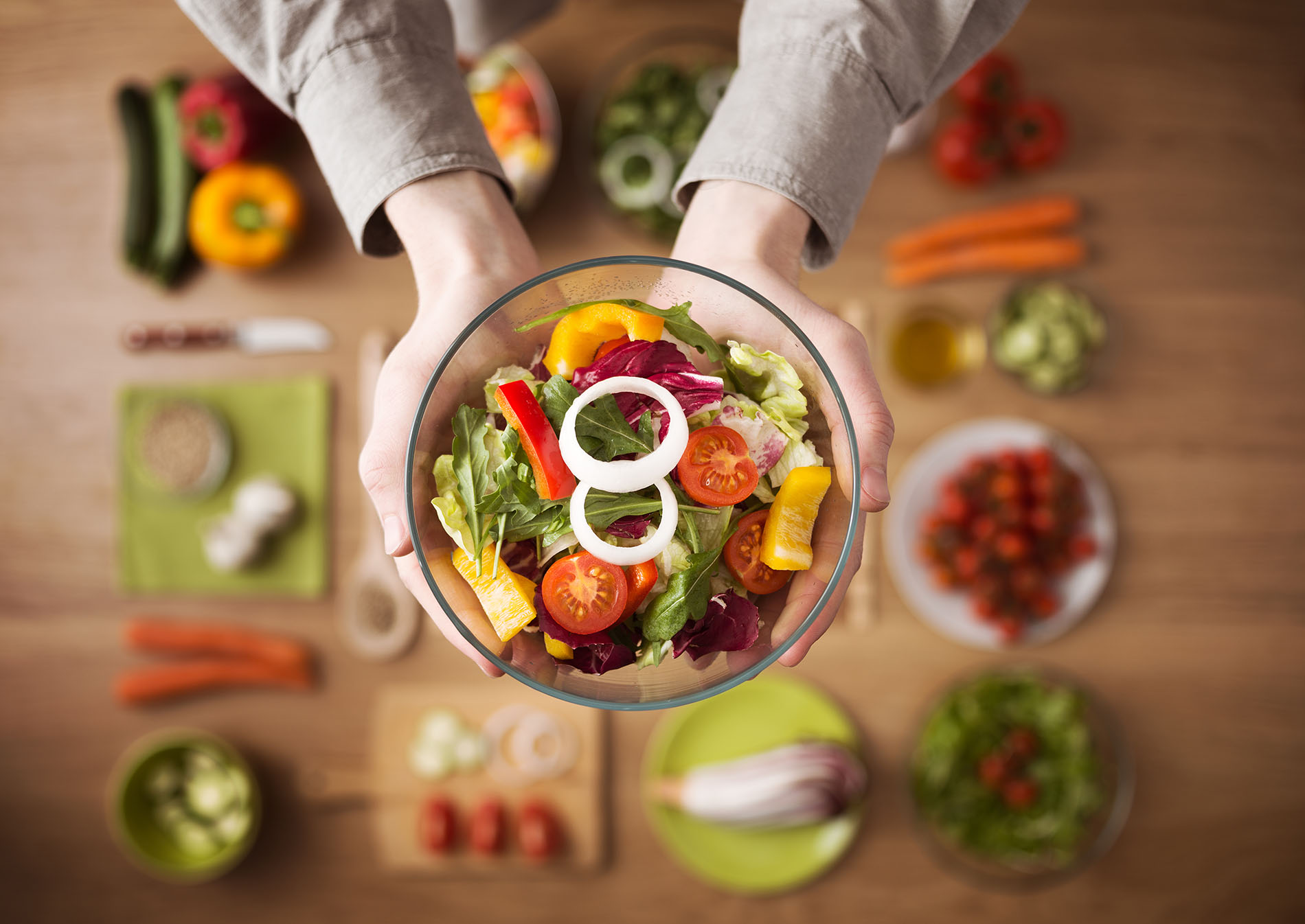
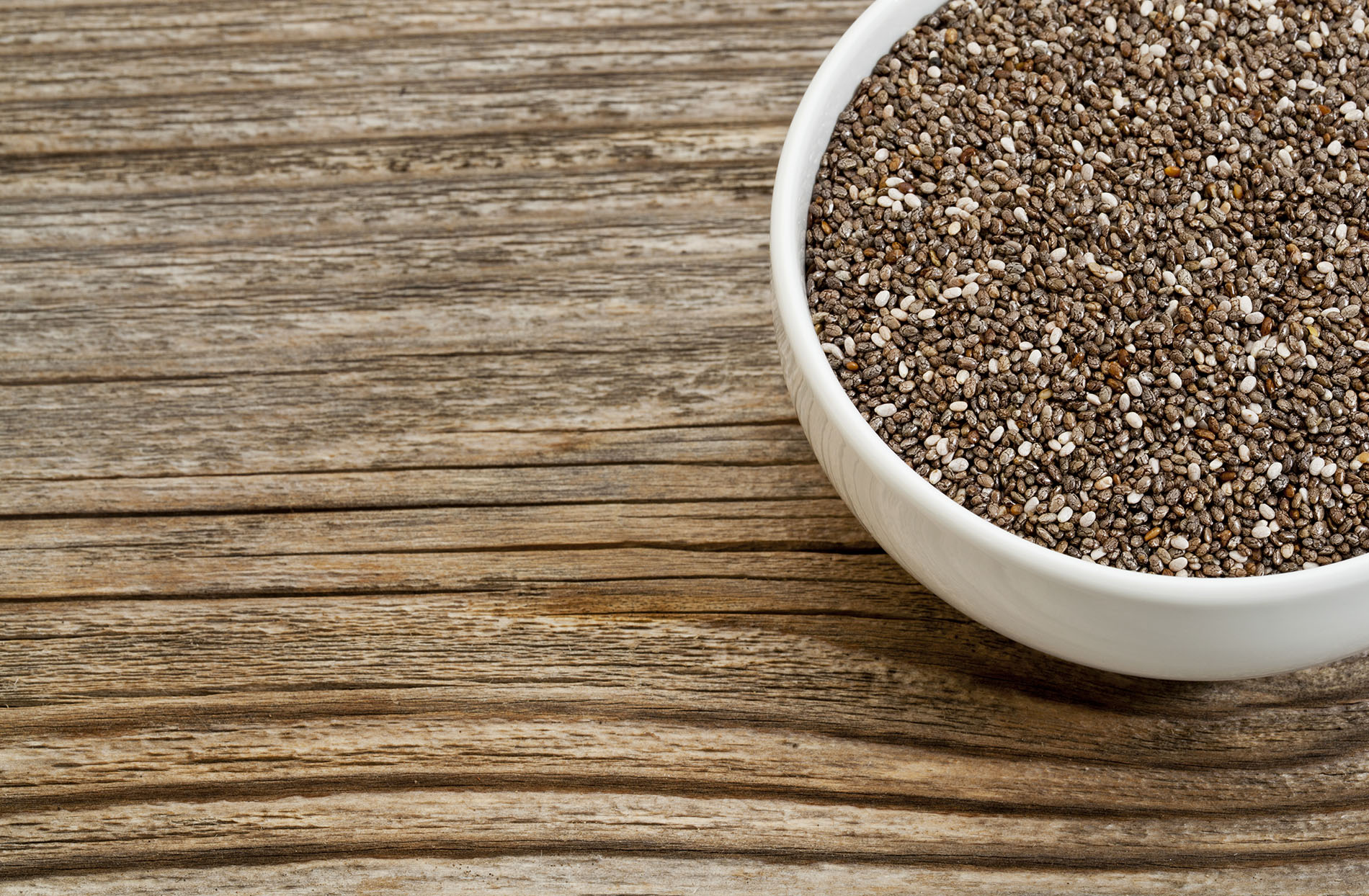
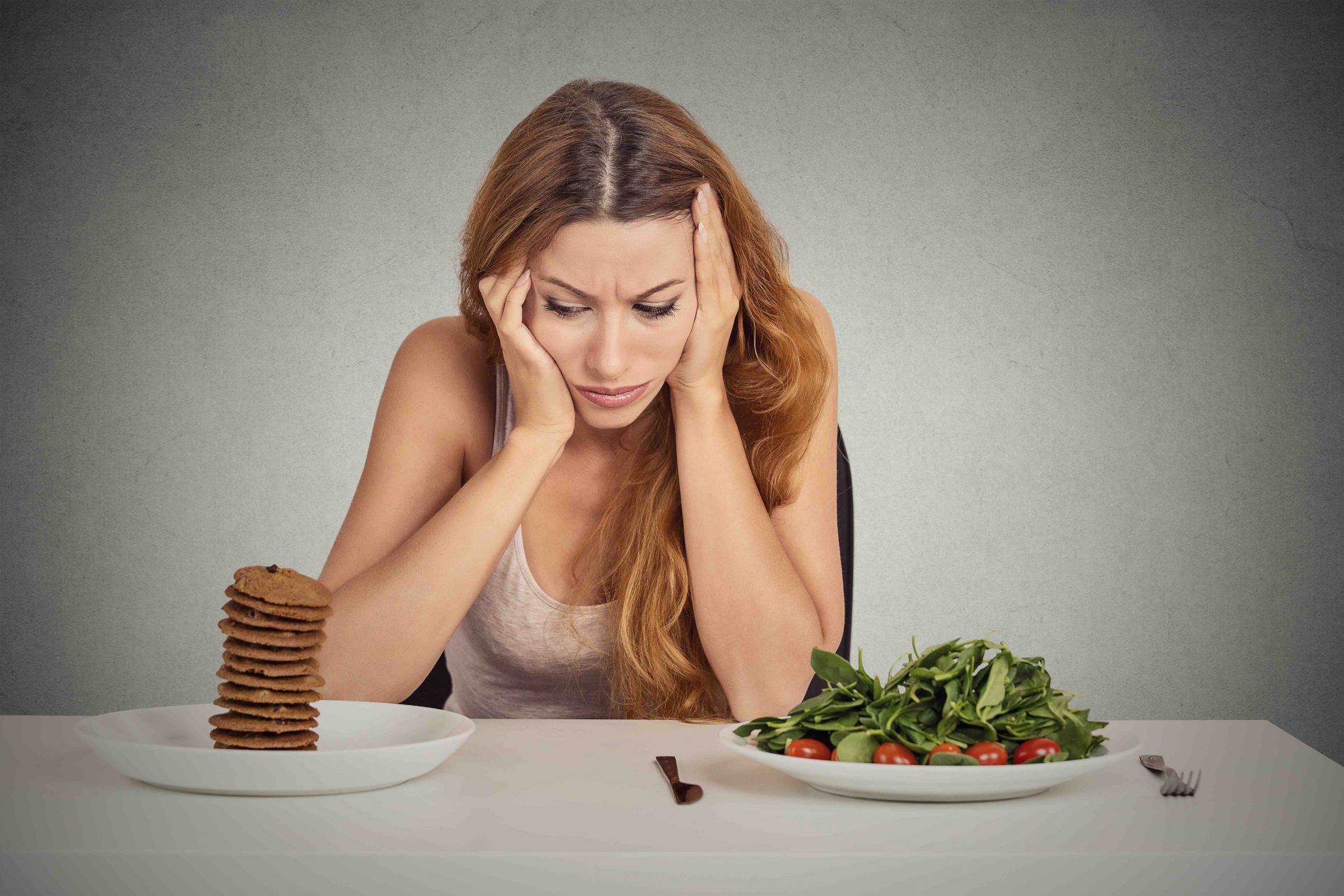
 Katie Harrison
Katie Harrison